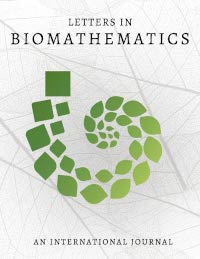Comparing Modes of Transmission for Sarcoptic Mange Dynamics and Management in Bare-Nosed Wombats
DOI:
https://doi.org/10.30707/LiB8.1.1647878866.002467Keywords:
Wildlife disease, Dynamical systems analysis, Susceptible-Exposed-Infectious-Recovered, Environmental transmissionAbstract
How hosts become exposed to environmentally transmitted pathogens has significant consequences for their dynamics and control, including conservation-critical cases. We investigate whether dynamics of the globally important parasite Sarcoptes scabiei are strongly influenced by transmission. We compare two transmission models, based on mange transmission in the bare-nosed wombat Vombatus ursinus: a published model of exposure via free mixing in the environment, and a novel spatially implicit model representing binary exposure. We also integrate disease management into our models. We confirm up to four steady states are possible in either model, demonstrating that robust mathematical conclusions underpin previous empirical observations. We present detailed analytical and numerical evidence that a disease-free steady state is achievable for wombats under a range of treatment strategies, though more treatment effort is required in the case of binary exposure. These results enhance confidence in the success of applied management of environmentally transmitted pathogens impacting wildlife.
